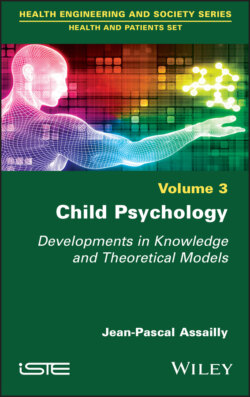Читать книгу Child Psychology - Jean-Pascal Assailly - Страница 16
1.2. Development concepts
ОглавлениеTwo major development models have always been in conflict: development in stages and continuum development.
In the stage model (Piaget, Freud), the development of the child’s intelligence or sexuality proceeds in chronological stages, from an initial state to a final state, each stage building on the previous one.
In the continuum model (Wallon, Zazzo), the stages exist only in the mind of the observer, but the development for the subject himself proceeds progressively, from birth to death.
Does this “continuum or stages” debate still make sense? Piaget’s stages, or “staircase” model, from the first sensorimotor intelligence step to the final abstract intelligence step, is challenged today, especially in the work on newborns. In this book, we will see that some acquisitions are much earlier than Piaget thought and that the development of intelligence is not linear.
Another more recent model is Siegler’s “waves” model: the newborn has various cognitive strategies at his disposal from birth that compete to understand the world; he therefore launches them like overlapping waves to arrive on the shore of understanding. With experience, and depending on the situation, the child will use one strategy or another.
We can also evoke the progressive stabilization of synapses, learning by loss, by inhibition or Bachelard’s “philosophy of no”; the child’s neurocognitive development takes place through a multiplication and then pruning of the connections between neurons, hence a reduction in the brain’s gray matter. This pruning has been described by Changeux (1983) as a selective stabilization of synapses by a “neural Darwinism” mechanism; this maturation takes place in successive waves according to the areas of the brain: first, the regions associated with basic sensory and motor functions, then, up to the end of adolescence, the regions associated with higher cognitive control (notably, inhibitory control). The child also learns to inhibit strategies through experience, imitation or instruction from others.
This leads to a nonlinear development model made up of learning curves revealing explosions, collapses and turbulence.
Functional magnetic resonance imaging (fMRI) allows the visualization of brain dynamics corresponding to the activation/inhibition of cognitive strategies at different ages (macrogenesis) or during learning at a particular age (microgenesis).
